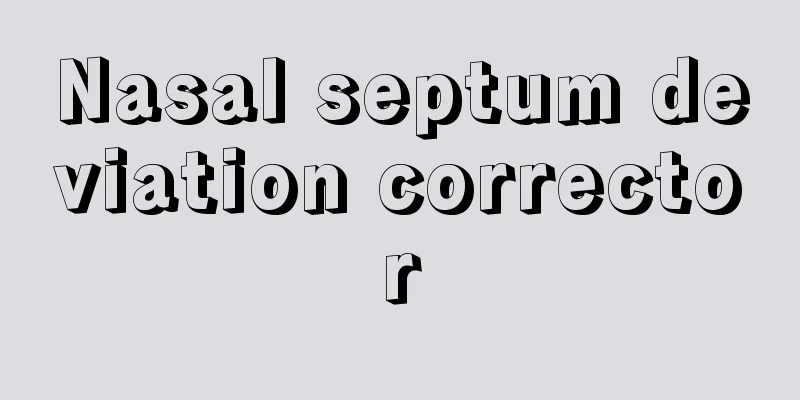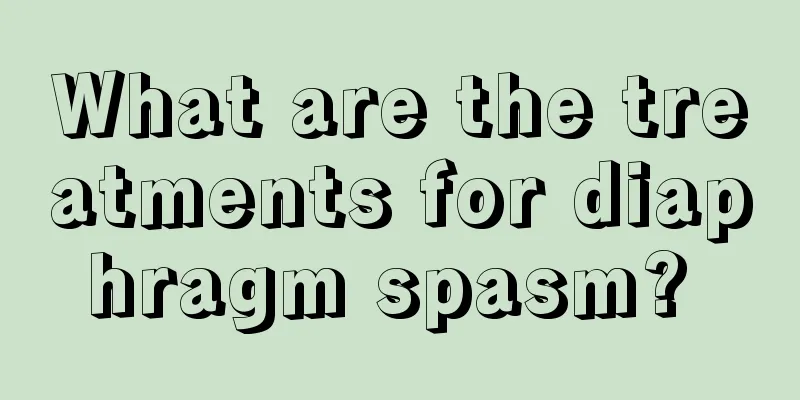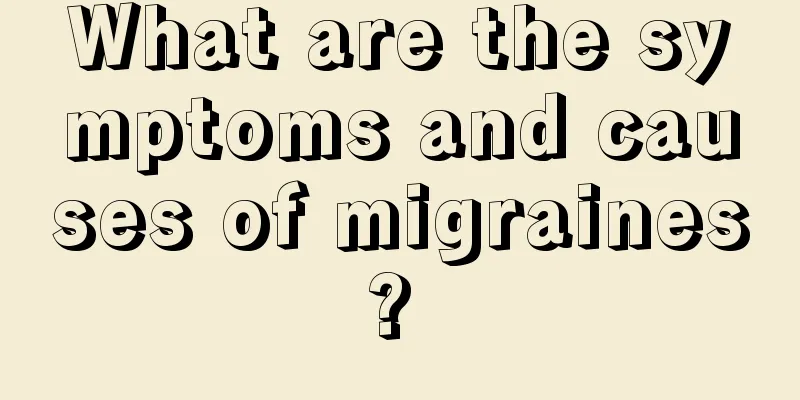Nasal septum deviation corrector

|
When a person is born, some parts of their body will not grow in a standard way. For example, some people have crooked noses, which is very common in our lives, and the crooked nose may be related to the position of the nasal septum. In some cases or with pathological conditions, the nasal septum will tend to deviate to one side. Therefore, due to the misalignment of the nasal septum, there are some devices on the market for correcting the nasal septum. Let us now understand what the functions of the nasal septum deviation corrector are. 1. Anesthesia method Local infiltration anesthesia. 2. Preoperative Preparation 1. Trim your nose hair. 2. If the high and deviated nasal septum affects sinus drainage, maxillary sinus puncture and irrigation are required, and surgery can be performed after the inflammation is controlled. 3. Indications 1. Those with significant nasal septum deviation, which affects nasal ventilation, sinus drainage, and Eustachian tube function. 2. People with protruding nasal septum that causes frequent nosebleeds or headaches. 3. Pre-surgery for certain surgeries, such as sinusitis, pituitary tumor resection, etc. 4. Patients with allergic rhinitis, vasomotor rhinitis and deviated nasal septum. Contraindications 1. People with acute infection in the nasal cavity or sinuses. 2. Patients with syphilis and tuberculosis. 3. People with severe bleeding tendency. 4. It is a relative contraindication for patients under the age of 16 whose nose is not fully developed. 5. Surgical steps 1. Incision: Hold the nasal mirror in the left hand to dilate the left anterior nostril, hold a small round knife in the right hand, and make a slightly curved incision with a concave surface facing backward at the junction of the skin and mucosa on the left side of the nasal septum, starting from the upper part of the front end of the nasal septum and going down to the bottom, completely cutting the mucoperiosteum. If the ridge or rectangular process is located lower, the lower end of the incision can be extended backward along the nasal floor like an "L" shape to reduce mucosal tension; if the deviated nasal septum is located more anteriorly, the incision can be moved slightly forward. 2. Separate the mucoperiosteum: Use a nasal septum stripper to extend through the incision, strip the mucoperiosteum, expose the white cartilage, and then stick close to the nasal septum cartilage and make parallel separation movements along the mucoperiosteum. It should be gentle and the range of stripping should be from small to large, from front to back, beyond the deviated part. When separating the connection between cartilage and bone, if there is connective tissue adhesion that is difficult to separate, you can use a knife to gently cut it open; if there are sharp protrusions, you can use a peeling device with upper and lower arcs to separate and peel it. When peeling off the mucosa above the rectangular process, the curved downward side can be used; when peeling off below, the curved upward side can be used until the rectangular process is completely exposed. 3. Cut the cartilage: Use a septal cartilage knife or a small round knife to cut the septal cartilage 2 to 3 mm behind the mucosal incision. To avoid cutting through the mucosa on the right side of the septum, you can insert the little finger of your left hand into the right nasal cavity to press against the septum cartilage. 4. Separate the mucoperiosteum on the opposite side: Use the same method to peel off the mucoperiosteum on the right side through the cartilage incision. At this time, a nasal mirror can be used to expand the right nostril and directly observe the submucoperiosteal peeling. After the mucoperiosteum on both sides of the nasal septum is completely separated, the nasal septum fixation hook is inserted through the incision to fix the septal cartilage between the two leaves of the septum fixation hook. 5. Resection of the septal cartilage: Use a septal cartilage rotary knife to push the upper part of the front edge of the cut septal cartilage posteriorly and upwards, turn it downward at the vertical plate of the ethmoid bone, and then pull it forward at the vomer and nasal ridge of the palatine bone to cut off most of the septal cartilage. This cartilage piece should be retained until the end of the operation in case the mucosa on both sides is torn and perforated. 6. Remove the curved ethmoid vertical plate and vomer: Use bone-binding forceps to clamp the deviated parts of the ethmoid vertical plate and vomer. Avoid swinging left and right to avoid damaging the screen plate. The bony ridge at the bottom of the septum can be removed with a fishtail chisel. Care should be taken to avoid damaging blood vessels at this time. A small cotton ball soaked in 1‰ epinephrine can be used to fully stop bleeding and remove blood clots and bone fragments in the wound, remove the septum fixation hook, and push the mucoperiosteum on both sides to the middle to make them fit together. Check whether the deflection has been corrected. 7. The mucosa at the incision can be sutured with 1 to 2 stitches with fine thread to facilitate healing. Fill the area with gauze evenly and apply pressure to stop bleeding. |
<<: The hazards of saline nasal rinser
>>: Where is the stomach located in the human body
Recommend
How to make thin hair thick
Everyone's hair growth is different. Some peo...
The effect of a glass of light salt water in the morning
Maybe many friends know that drinking a glass of ...
How to treat thyroid cancer reasonably
How to treat thyroid cancer reasonably? You shoul...
Can endometrial cancer metastasize?
1. Most endometrial cancers grow slowly and are c...
What drugs are used to control early lymphoma
Lymphoma is a malignant tumor that originates in ...
Prevention of prostate cancer
When men reach the age of 50, they should pay spe...
How much does it cost to treat uterine cancer
Everyone knows that uterine cancer is a malignant...
What are the early symptoms of lung cancer? 4 early symptoms of lung cancer to know
Pneumonia is mainly caused by the patient's p...
Who are the high-risk groups for prostate cancer? Three types of men need to be screened for prostate cancer
In recent years, the incidence of cancer has been...
The main factors that induce colon cancer
Colon cancer is a common disease in life. Most pe...
Why am I thirsty even though my blood sugar is not high?
If you feel thirsty when your blood sugar level i...
What Chinese medicine can treat early stage lung cancer
What traditional Chinese medicine can be used to ...
Can persimmon leaves lower blood sugar?
The round, red fruit that looks a bit like a toma...
Does small cell lung cancer affect life expectancy?
Do you know about small cell lung cancer? Do you ...
Can bile duct cancer be cured?
Everything requires confidence and action to achi...









